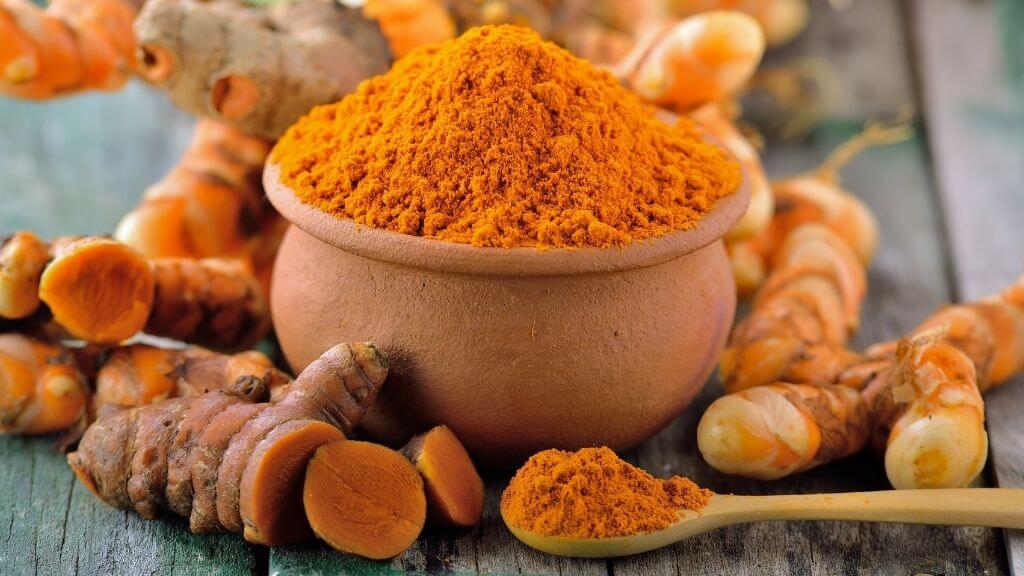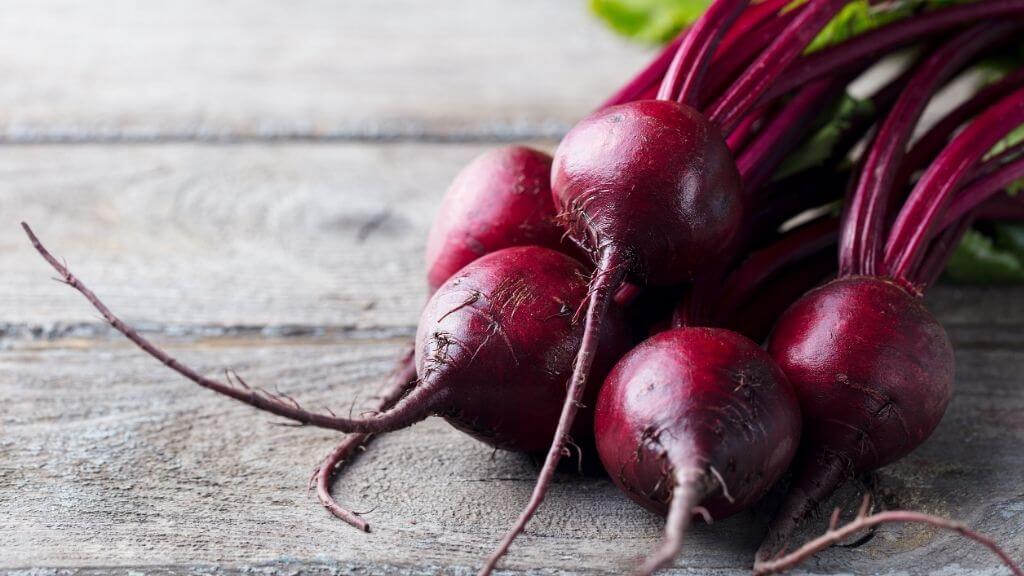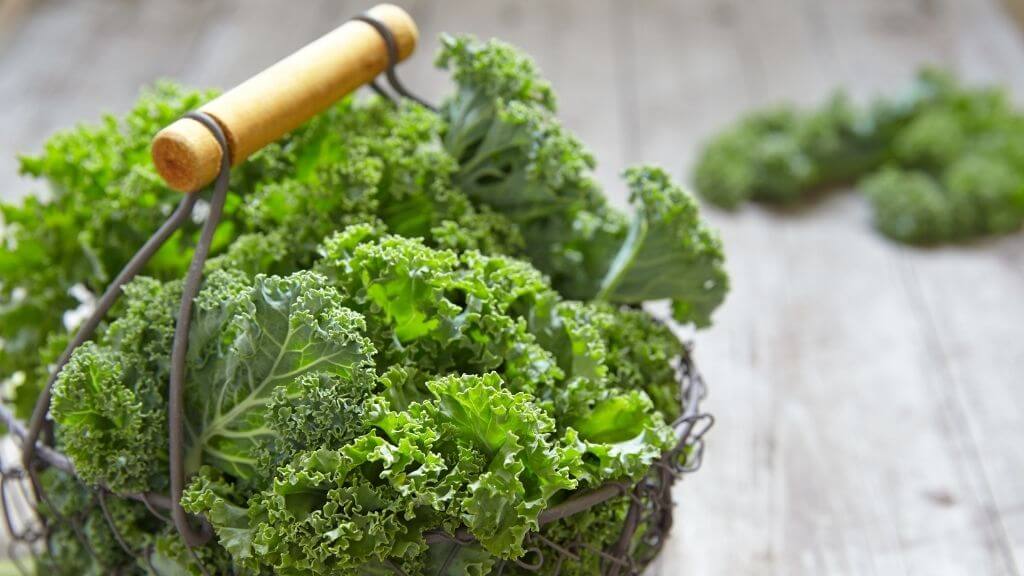The 12 Most Antioxidant-Rich Foods: Benefits and Easy Supplement Tips
8 minute readAntioxidants can seem like an overused buzzword sometimes, but the amount of evidence espousing their benefits is undeniable. Getting enough antioxidants in your diet is obviously very important when trying to follow a healthy lifestyle.
As part of a healthy lifestyle, it’s a good idea to maintain a varied and delicious menu to keep you interested at meal times. Basically, the more antioxidant-rich foods you know about, then, the better able you are to keep eating healthy.
What Are Antioxidants and Why Do I Want Them?
The natural metabolic processes that occur in your body produce harmful molecules called free radicals. These cause oxidative damage to your cells and tissues and have been linked to serious diseases like heart disease and cancer.
| Related: Curcumin and Krill Oil: A Powerful Combination |
Antioxidants are the compounds that scavenge these free radicals and remove them from our body. These helpful compounds can be found in several food sources as well as supplemental capsules, so there is no reason you should be lacking.
The 12 Antioxidant Foods You Should Be Eating
1. Turmeric: This popular spice known for adding color and flavor to curries is actually a powerful antioxidant. Curcumin, which is the key compound responsible for providing health benefits, acts as an antioxidant to remove free radicals from your body.
| Related: Curcumin Linked to Improved Brain Function |

These harmful molecules are produced as part of your metabolic processes, but when left unchecked, they cause serious damage to cells and tissues. Turmeric can be easily added to meals or smoothies or taken daily as a nutritional supplement.
2. Blueberries: Full of nutrients and low in calories, blueberries are a delicious treat that delivers a powerful antioxidant boost. Many berries contain antioxidant properties, but blueberries have been found to contain the highest levels.
Blueberries neutralize free radicals and reduce inflammation, making them top defenders of brain health. These properties also reduce your risk of heart disease by lowering blood pressure and cholesterol levels.
3. Strawberries: Another berry with an antioxidant punch. Full of vitamin C and antioxidants, these popular berries can be added to any meal or eaten as a snack.
The antioxidants in strawberries are called anthocyanins, and they give the fruit its red color as well as its abilities to lower cholesterol, reduce inflammation, and protect your body from oxidative damage.
4. Raspberries: Giving you antioxidants, plus vitamin C, manganese, and dietary fiber, raspberries can do a lot for your health and well-being. Studies have even found a link between raspberry consumption and reduced risk for cancer, as the antioxidant compounds kill breast, stomach, and colon cancer cells.
| Related: The Golden Root Good for Your Skin |
The same anthocyanins that give strawberries their red coloring help raspberries to lower inflammation, and they prevent heart disease too.
5. Beets: This root vegetable gives you fiber, potassium, iron, and antioxidants, specifically betalains. These antioxidants give beets their red color and provide protection from colon cancer as well as other cancers of the digestive tract.

With inflammation being the cause of many diseases, like heart disease and arthritis, the betalains help by alleviating inflammatory pains and providing protection from oxidative damage.
6. Beans: Beans come in many varieties; plus, they are very versatile and affordable. Beans are one of the best sources of antioxidants from the vegetable family, and they also deliver a healthy dose of fiber.
Pinto beans, in particular, contain a powerful antioxidant known as kaempferol, which has been linked to reduced inflammation and the suppression of cancerous tumor growths.
7. Pecans: This South American nut is packed with protein, healthy fats, and antioxidants. When consumed as part of a regular diet, pecans help to lower LDL (bad) cholesterol levels, which also lowers your risk of heart disease or stroke.
The consumption of pecans has also been known to naturally increase your blood antioxidant levels.
8. Artichokes: This odd-looking vegetable is not always common in the Western diet, but it has been used since ancient times for medicinal purposes. The leaves have long been thought to be a natural cure for jaundice and other liver ailments.
Chlorogenic acid is the key antioxidant within artichokes. This helps protect you from cancer, diabetes, and heart disease. One thing to remember with artichokes is that their preparation can impact the antioxidant levels.
Boiled or steamed artichokes can lead to an increase in antioxidant levels, whereas frying them significantly reduces their ability to fight oxidative damage.

9. Kale: As part of the same family as broccoli, kale confirms the notion that green vegetables are great for your health. Kale happens to be one of the most nutritious greens and is full of antioxidants, vitamins, and minerals.
While green is good, when it comes to kale, red is even better. The red varieties contain the most antioxidants thanks to the anthocyanins that are also found in beets.
10. Red Cabbage: In keeping with the idea that red is better, red cabbage is another vegetable full of antioxidant power. Red cabbage contains almost four times as many antioxidants as the green variety and is also rich in vitamins A, C, and K.
As if the anthocyanin antioxidants weren’t strong enough, vitamin C acts as an antioxidant and allows red cabbage to enhance your immune system.
Just like artichokes, you need to take care when preparing red cabbage. Boiling and stir-frying the vegetable boost antioxidant power, but steaming it will significantly kill it.
11. Spinach: Popeye eats spinach for a reason. It’s true that he used it to get bigger muscles, but the ability to fight oxidative damage was also obtained.
| Related: Can Curcumin Effectively Treat Cataracts? |
Lutein and zeaxanthin are two powerful antioxidants, and they both happen to be in spinach. This duo helps to protect your eyes from free radicals that result from UV light exposure.

12. Dark Chocolate: Saving the best for last will definitely make your sweet tooth happy. You don’t only have to eat fresh fruits and vegetables to benefit from antioxidants.
Dark chocolate contains more antioxidants than blueberries and raspberries, and the darker, the better. The higher the percentage of cacao is, the more antioxidant protection you will get.
Countless studies have found that dark chocolate helps to reduce blood pressure, decrease inflammation, lower bad cholesterol levels, raise blood antioxidant levels, and protect from heart disease.
Not that you needed an excuse to eat chocolate, but now you have a pretty good one.
The Bottom Line
Antioxidants are essential for your overall health because they remove the harmful free radicals responsible for oxidative damage. With the right foods in your diet, you can keep blood antioxidant levels high and disease at bay.
Stay in control of your body and protect it by adding any of the foods above to your daily plan or incorporate a nutritional supplement to make sure that oxidative damage doesn’t take over your body.












